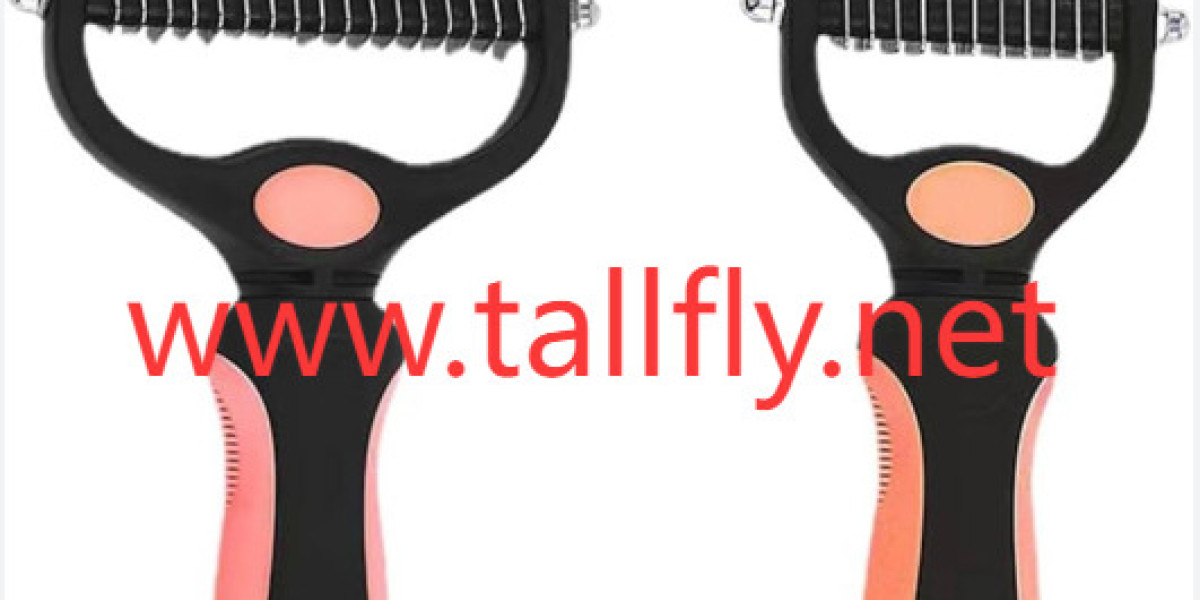Pet health and household budgets are in sharper focus as people rethink care routines, and insurance providers are beginning to reward preventive practices that reduce avoidable visits. One practical device that often comes up in these discussions is the China Pet Knot Untying Comb , a simple tangle prevention tool that helps owners keep coats detangled and skin healthy while lowering the risk of complications that lead to claims. Tallfly supports the idea that small daily habits, supported by the right tools, can align with broader pet wellbeing strategies and with emerging insurance incentives.
Insurers now pay closer attention to how routine maintenance affects long term outcomes. When pets are groomed regularly with tools that remove mats and loose hair gently, skin irritation and hidden sores can be addressed before they develop into problems that require medical treatment. This matters to underwriters and wellness teams because it shifts some care from reactive visits to steady home-based practices. For owners, partnering with an insurer that recognizes this effort means possible discounts, added wellness benefits, or access to educational resources that reward responsible care.
How these partnerships work varies, but the underlying idea is consistent: preventive action reduces risk. Programs that offer incentives often ask for evidence that owners are using recommended tools and following simple protocols. That can include short online checklists, exchange of photos documenting grooming routines, or participation in remote tutorials hosted by trusted suppliers and clinics. When collaborations are framed around education rather than paperwork, owners are more likely to adopt good habits and feel supported in daily care.
There is a social ripple to such programs too. As more community groups highlight grooming as part of routine pet health, shelters and rescue networks can benefit when incoming animals are assessed and treated with gentle detangling tools instead of immediate clipping. Volunteers trained to use gentle combs report calmer animals and fewer emergency procedures, and that humane approach often results in smoother adoption pathways. Insurers have noticed that better preadoption grooming can reduce downstream claims once an animal transitions into a permanent home.
Practical benefits extend beyond skin and coat. Regular combing uncovers ticks, early wounds, and irritated areas that might otherwise be hidden. Owners who perform these routine checks are also more likely to spot behavioral changes, appetite shifts, or mobility issues that suggest a veterinary touch. Insurers that partner with brands and clinics to promote these routines position themselves as allies in early detection and continuous care, shifting the conversation away from episodic treatment to steady wellbeing.
For businesses and product teams, those partnerships create an incentive to design simpler, safer tools and to share clear guidance for nonprofessional users. Tools that combine gentle teeth spacing, rounded tips, and ergonomic handles reduce the likelihood of skin trauma while being easier for older owners, busy families, and volunteer teams to use. Tallfly's offerings include clear use instructions and care notes so owners feel confident using a knot-management tool without causing distress to animals.
Adoption of these programs often depends on trust and simplicity. When pet owners see a recommendation from a recognized insurer alongside a practical tutorial, they are more likely to try a new routine. App based reminders, short video guides, and community clinics act as low friction entry points. The most successful initiatives couple an accessible tool with straightforward advice: short daily sessions, small sections, and a calm environment. That combination helps pets accept grooming as a quiet, positive interaction rather than a stressful chore.
There are also operational gains for clinics and groomers. When clients practice preventive grooming at home, professional appointments become more focused and less emergency driven. That frees appointment time for more complex treatments and helps salons and clinics maintain steady workflows. In turn, veterinarians and groomers who partner with insurers may be able to offer co branded education and referral pathways, strengthening local care networks and improving visibility of compassionate practices.
For owners thinking about whether to engage with a pet insurance program that rewards preventive tools, the first step is to look for clear program details and simple participation requirements. Programs that demand minimal paperwork and offer practical guidance are more likely to stick. If a plan provides discounts or benefits in exchange for demonstrated routine care, it can be a mutually useful arrangement: pets stay healthier, owners save money, and care providers see fewer preventable visits.
As conversations about preventive care grow in public forums, tool makers, clinics, and insurers can work together to make healthy routines easier to adopt. Practical, humane devices that fit into daily life—paired with short training and positive reinforcement—turn routine grooming into a meaningful part of a pet health plan. For owners interested in exploring tools that support gentle detangling, product details and care guidance are available at Tallfly's product page, and the manufacturer offers resources to help integrate these tools into everyday routines and into insurance friendly care pathways at https://www.tallfly.net/product/ . This approach to shared responsibility supports healthier pets and clearer pathways for owners who want to align daily care with broader wellness goals.








